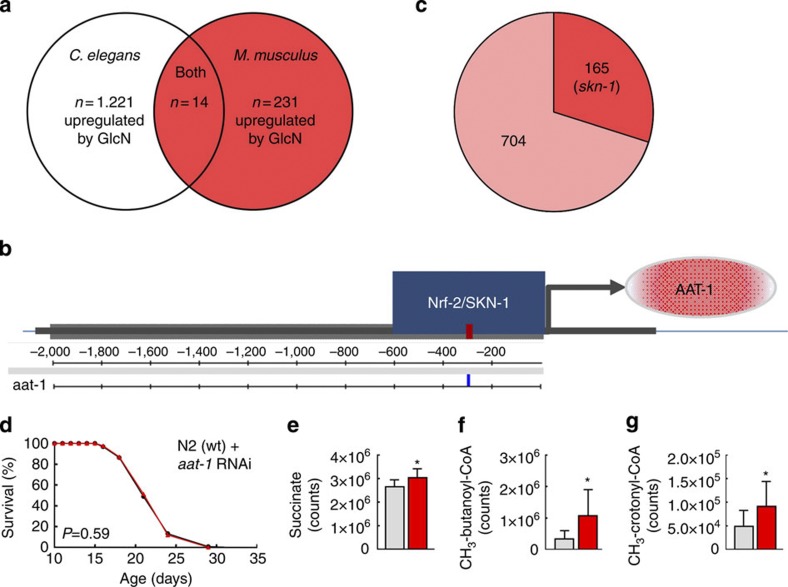Figure 6. GlcN induces amino-acid uptake and catabolism to extend life span.
(a) Venn analysis of RNAseq-based mRNA expression levels of genes uniformly upregulated in both C. elegans (whole-worm lysates) and M. musculus (liver). (b) In silico promoter analysis of aat-1 regarding putative binding sites for SKN-1/NRF-2. (c) Percentage of SKN-1-dependent genes upregulated following exposure to GlcN in nematodes. (d) Life span analysis of nematodes exposed to RNAi against the amino-acid transporter aat-1 in the presence (red) and absence (black) of GlcN (P=0.59, log-rank test, n=3). (e–g) Tissue levels of succinate (F(1,16)=6.46, P=0.022, n=10 control mice and n=10 GlcN-fed mice) (e); methyl-butanoyl-CoA (F(1,16)=5.65, P=0.03, n=10 control mice and n=10 GlcN-fed mice) (f); and methyl-crotonyl-CoA (F(1,16)=7.97, P=0.012, n=10 control mice and n=10 GlcN-fed mice) (g) in liver specimen of mice on a GlcN-containing diet in comparison with control mice. Controls are always depicted in grey colour, whereas GlcN-treatment is depicted in red. The bars represent the mean+s.d. *P<0.05 versus control; two-way ANOVA.

